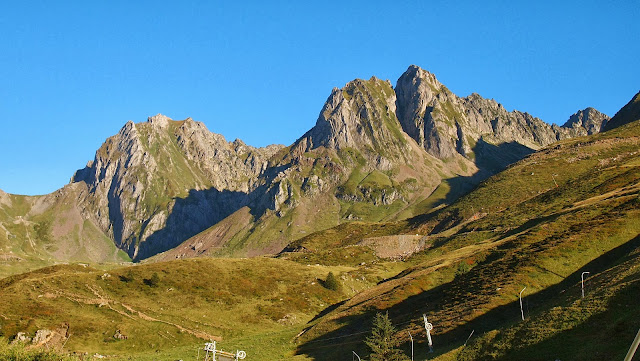Changes that happens beyond our control usually increase our levels of concern... particularly when change involves us coming into contact with people of different customs and beliefs. At the end of the period of integration, it is possible to have greater beauty than if no change had occurred at all. Córdoba Mesquita is a case in point. Today, the Mesquita has elegance sufficient to withstand decades of tour bus visits. After viewing the Cathedral you will spend the remainder of your life seeking a different kind of beauty.
When the Islamists defeated the Visigoth kingdom, the current site of the Mesquita was divided between the Muslims and Christians... both religions using the site for worship. Many years later when Abd al-Rahman I came from Syria and defeated the incumbent Islamic ruler, he allowed the Christians to rebuild their ruined churches around Córdoba, but purchased the Christian half of the Mesquita on the site. Abd al-Rahman I and his descendants reworked the site for over two centuries to fashion it as a spectacular mosque, starting in 784. Mr Rahman bought in leading architects from Damascus. They build a forest of columns linked by double arches... providing building strength for a large area... but also giving the building with lightness and spaciousness. Damascus was pleased to have helped Córdoba build a fine mosque. However, after 200 years, the Córdoba mosque had displaced the Damascus building as the centrepiece of mosque architecture.
Upheaval recurred in 1236...when Ferdinand III reconquered Córdoba for the Christians... followed by a purification ritual which caused each stone of the edifice to be consecrated to Christ. A chapel was constructed beneath the skylight of the existing mosque... but the sea of columns was not destroyed. This minimalist approach to changing the building was retained until 1523, when 3 architects presented an inspired design that rebuilt the centre of the building giving focus and splendour for a unique Cathedral... as it exists today.
This building combines the best of Islamic and Christian architecture... an effect that could not have been achieved without dramatic change. This site is ready to bring together the world's major religions. In 2004, Islamists sought permission to worship in the old mosque part of the building during certain hours. The Vatican considered the issue but declined to give permission. Oh well, perhaps in time.











































